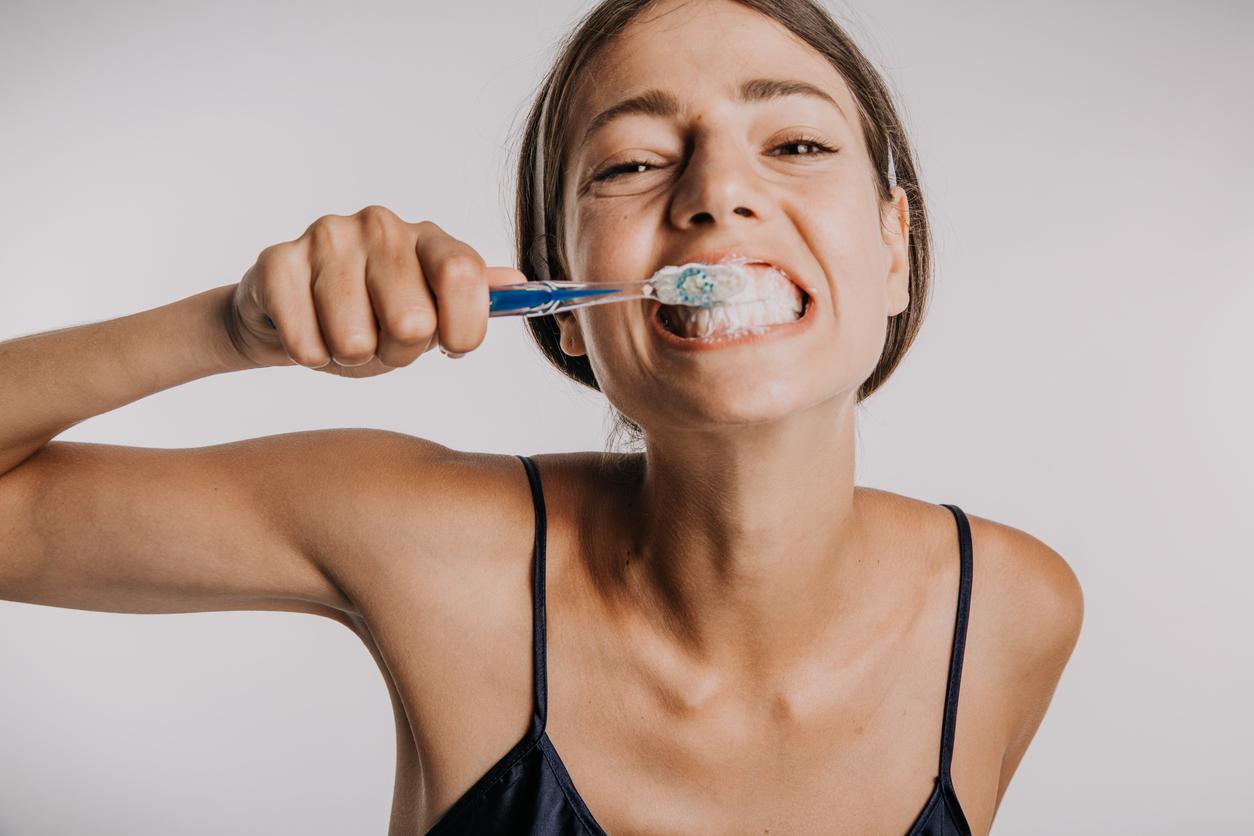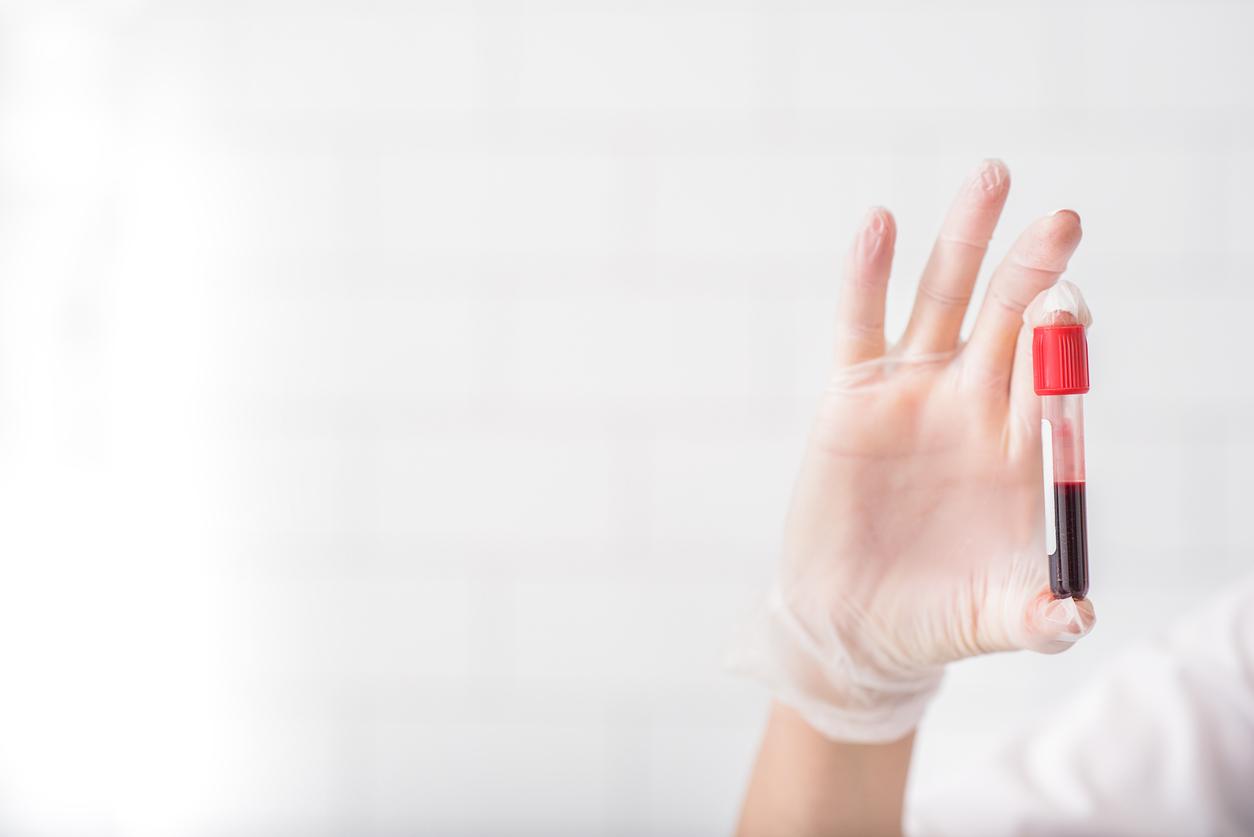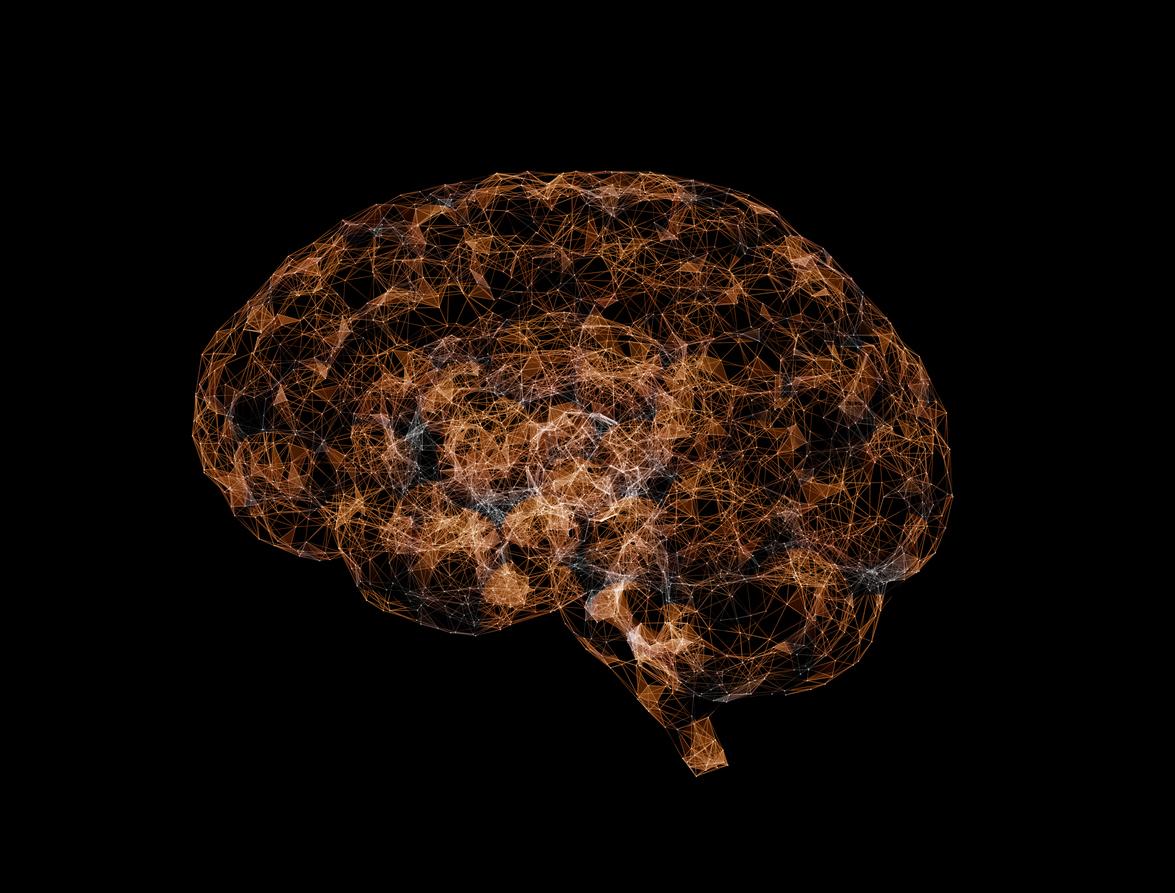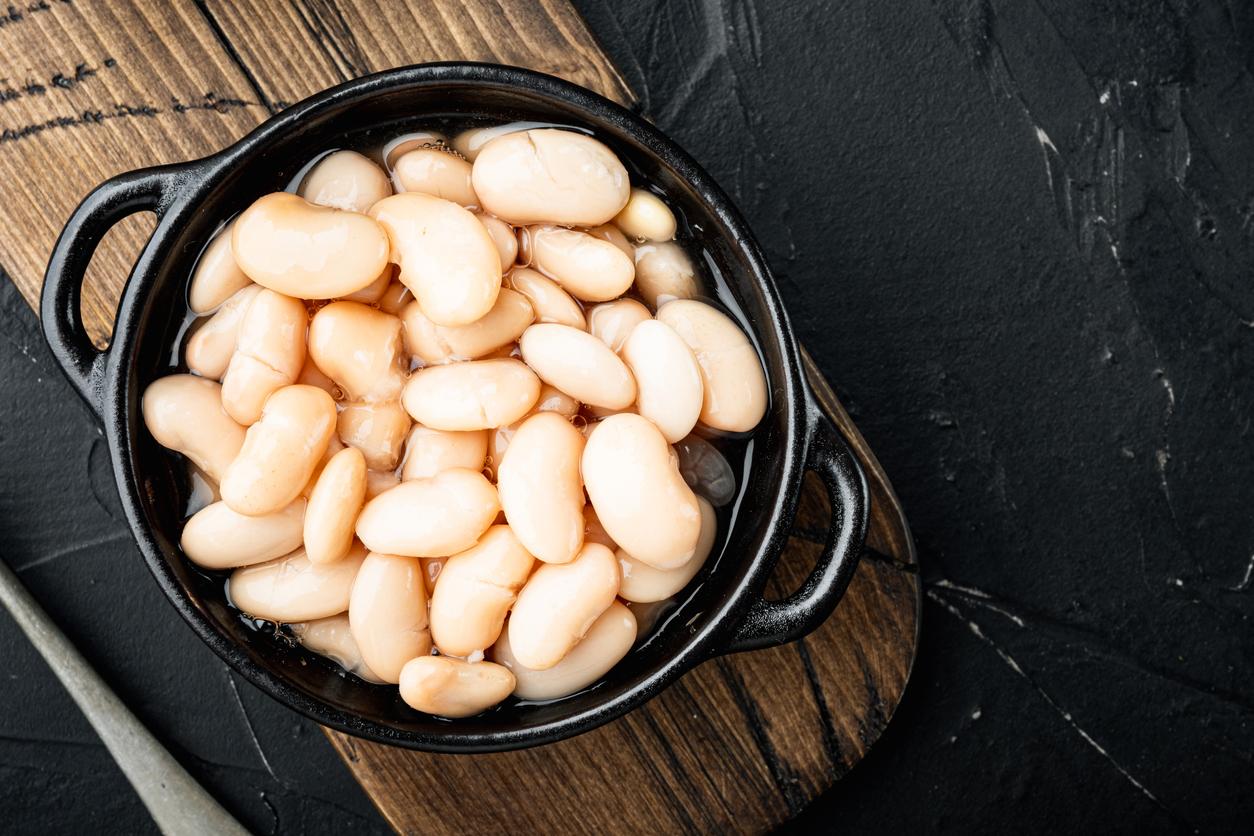Researchers have highlighted the central role that our skin’s microbiome can play on certain signs of skin aging, starting with wrinkles.
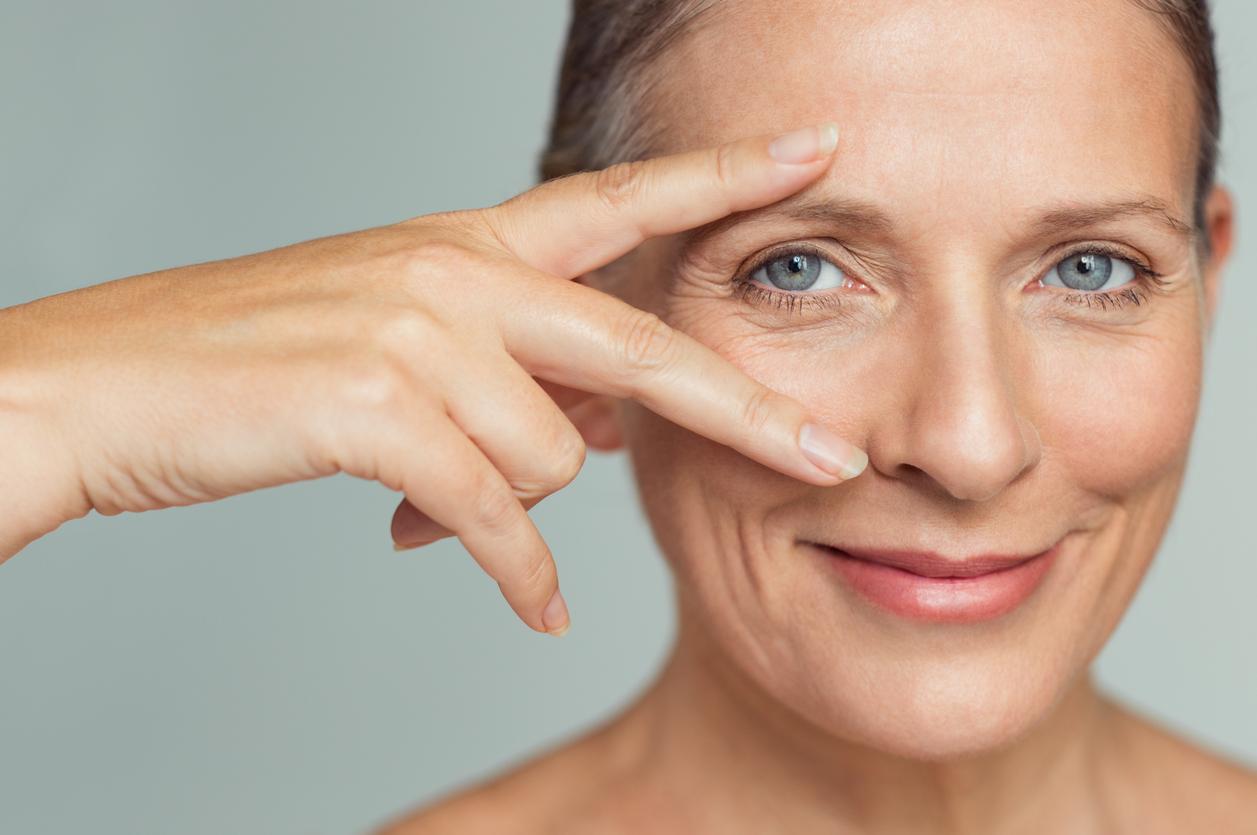
- A new study reveals the potential link between signs of skin aging, such as wrinkles, and the skin microbiome, this set of microorganisms (bacteria, fungi, etc.) living on the surface of the epidermis.
- The researchers discovered, on the one hand, “a positive association between the diversity of the skin microbiome and crow’s feet wrinkles”, and on the other hand, “a negative correlation between the diversity of the microbiome and the loss of transepidermal water.
- The sun, lifestyle or even pollution would therefore not be the only factors – with advancing age – involved in the development of wrinkles: the bacteria nestled on our skin also play a major role.
“As we age and are exposed to UV rays, our skin becomes drier and we develop wrinkles. But you’ve probably noticed that some people have younger skin than others of the same age.” Why such injustice in the face of time passing?
A new study, published in the journal Frontiers in Aginghighlights the potential link between signs of skin aging, such as wrinkles, and the skin microbiome, this set of microorganisms (bacteria, fungi, etc.) living on the surface of the epidermis.
Microbes linked to chronological age, others associated with wrinkles
To do this, researchers from the Center for Microbiome Innovation in San Diego (United States) and L’Oréal Research & Innovation examined data collected during thirteen past studies which included, in total, more than 650 elderly participants. from 18 to 70 years old.
“Previous work has shown that the types of microbes on our skin change quite predictably as we age, they write in a communicated. Using advanced statistical methods, we were able to disentangle microbes associated with simple chronological age and microbes associated specifically with signs of skin aging such as crow’s feet lines.” This is the first study of its kind to make this distinction.
New microbial biomarkers linked to signs of skin aging
The researchers thus discovered, on the one hand, “a positive association between the diversity of the skin microbiome and crow’s feet wrinkles”, And on the other hand, “a negative correlation between microbiome diversity and transepidermal water loss”, which corresponds to the amount of water evaporating through the skin. The sun, lifestyle or even pollution would therefore not be the only factors – with advancing age – involved in the development of signs linked to skin aging: the bacteria nestled on our skin also play a role. major role.
“While it is premature to deduce a causal link […] this research is revolutionary in the identification of new microbial biomarkers specifically linked to visible signs of aging such as wrinkles, scientists estimate. This marks an important step towards developing technologies for healthier, younger-looking skin.”









